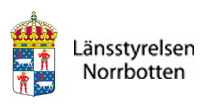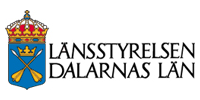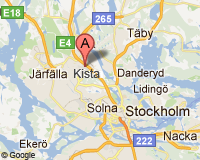Methodology for Palsa Monitoring
Monitoring of Palsa Mires Using VHR Satellite Data in Combination with Aerial Laserscanning
The project aim is to develop a method that uses recent, very high-resolution satellite data in combination with air-borne laser scanning and older aerial photographs to detect and monitor changes in palsa mires.
Palsa mires are very sensitive to increased temperature
Palsas are peat mounds or plateaus in mires with a core of permanently frozen peat and/or mineral soil found in the discontinuous permafrost zone. Palsa mires occur, besides in Sweden, in northern Norway, Finland, Russia, Canada and Alaska.
Palsa mires belong to the so called Natura 2000 habitats. That means that Sweden has a specific responsibility, according to EU legislation, to preserve all palsa mires which are pointed out as Natura 2000 sites.
Complete breakdown of huge palsas has been identified
The main threat to palsa mires, according to literature and results of the ongoing project, is increased temperature which has resulted in substantive palsa degradation. Even complete breakdown of huge palsas has been identified. This has been accomplished by comparison of recent high resolution data (satellite imagery, laser scanning, field surveys, etc) and older data (literature, field data, digitized aerial photographs, etc).
The work is performed in close cooperation with wetland and vegetation experts from Norrbotten and Dalarna County Administrations.

Palsa Mires. Photo: Susanne Backe, County Administrative Board of Norrbotten
Info
- Duration: 2007 -
- The project is funded by the Swedish Environmental Protection Agency and by the Swedish National Space Board.
- Website: http://www.myrar.se
- Brochure: MonitoringPalsaSweden_KjellWester.pdf
- External link: Swedish National Space Board - Monitoring of Palsa Mires Using VHR Satellite Data in Combination with aerial Laserscanning
- Contact: Kjell Wester, kjell.wester@brockmann-geomatics.se





